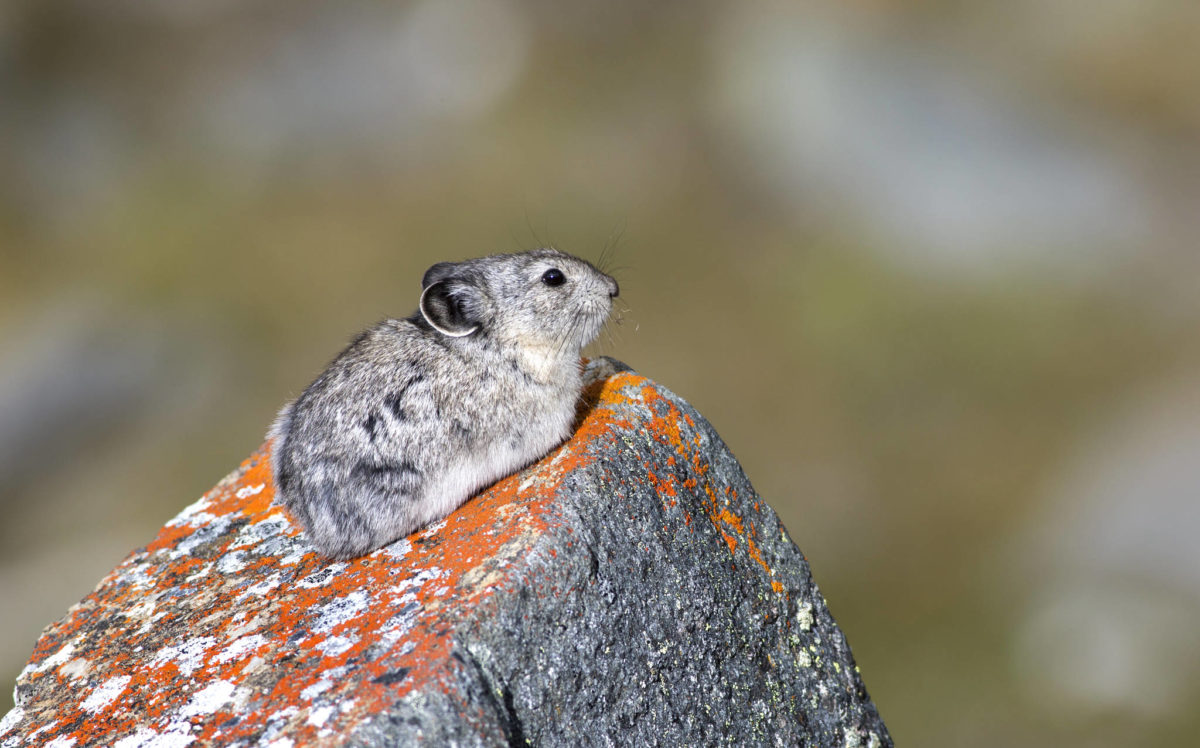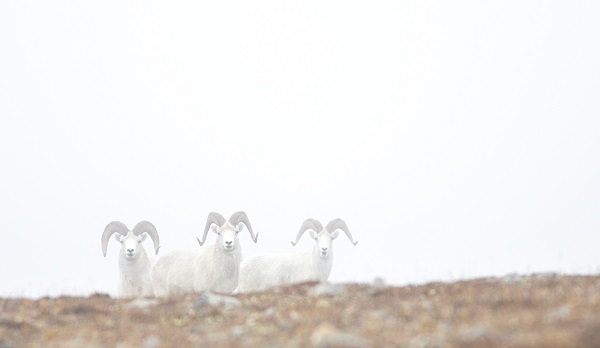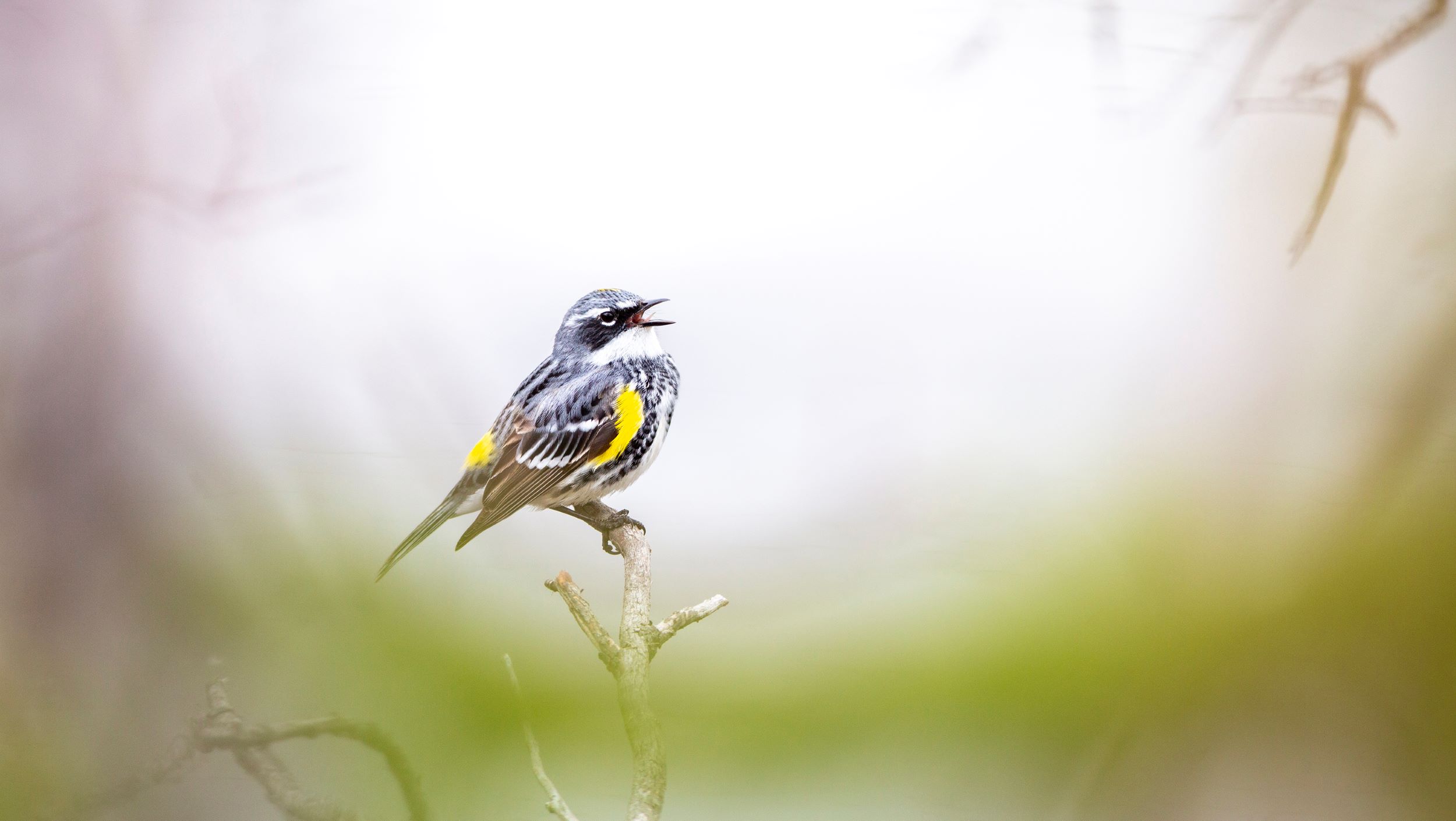February 2021
In this edition:
- Thank you for submitting comments on the Yukon Mineral Development Strategy
- Take our post-event survey and read our submissions to the Panel
- Coal Creek Project
- We need land use planning before major development
- PM Trudeau and President Biden relese joint commitments on Climate and Conservation
- No seismic activity in the Arctic Refuge this winter
- McIntyre Creek - Chasàn Chùa
- Your input is needed by Friday March 5th
- We're hiring for a summer intern!
- Magpie River in Quebec is given legal personhood
Happy World Wildlife Day! Today we wanted to highlight the wonderful work that conservation photographers have played to help advance conservation efforts. They’ve been integral in helping us share stories from the Peel Watershed, Beaver River and many other parts of the Yukon. It also helps us connect with wildlife and nature in a way that inspires us to keep working to conserve it. Our Campaigns Coordinator, Malkolm Boothroyd, wrote a piece about conservation photography in What’s Up Yukon a few months ago that highlights how it helps us. All of the photos below for the rest of the newsletter were taken by him.

A colllared pika resting on a rock
We’d like to extend a big thank you to everyone who submitted comments on the draft Mineral Development Strategy over the last few weeks! This has been a wonderful opportunity to reimagine how mineral extraction occurs, and how it can work better in the future. We’ll be keeping an eye out for the final strategy this spring. In the meantime, if you attended one of our events, we would really appreciate it if you filled out our post-event survey. This helps us know if the events were helpful and how we can make future ones better!
If you’re interested, you can read CPAWS Yukon’s submission on the draft Mineral Development Strategy here and you can read submissions from others here.
One of our key recommendations for the strategy is for land use plans to be in place before decisions are made about large, transformative projects, which isn’t the case now. While planning has been underway in the Dawson Region since 2019, hopes of protecting areas and setting thresholds on development have been pitted against a steady stream of staking and mineral development. The most recent example is the proposed Coal Creek quartz exploration project, which sits in Tr’ondek Hwech’in traditional territory, 85 km north of Dawson City in a large area of intact wilderness. Read our recent blog to learn more.

Rams in the Dawson Region
The project is just the latest in a slew of projects that threaten to undermine the promise of the Dawson land use plan and broader commitments to the Umbrella Final Agreement. This includes the Antimony Creek exploration project, perched just 2.5 km from Tombstone Territorial Park. Recently, Tr’ondëk Hwëch’in and the First Nation of Na-Cho Nyäk Dun sent a joint letter to the Yukon Environmental and Socio-economic Board (YESAB) stating that approving this project before completing a land use plan would violate their rights under the Umbrella Final Agreements. This article from The Narwhal explains it in a little bit more depth.
While the Yukon focuses on these important topics, the federal government is also looking for more climate and conservation wins. Prime Minister Justin Trudeau met with U.S. President Joe Biden last week. The climate and conservation were among the topics they covered, and we are pleased to see a few key points in their joint release.
Of note was:
- a joint commitment to ensuring the safety of the Porcupine caribou herd and the Arctic National Wildlife Refuge,
- commitments to protecting nature,
- supporting Indigenous-led conservation efforts, and
- advancing nature-based solutions to climate change.
These crucial commitments can help us safeguard the wild spaces that we hold dear. While we’re still keen to see the specifics of how these commitments will move forward, it’s cause for optimism to see them on the agenda at a federal level. Our National Executive Director, Sandra Schwartz, highlighted this important moment in a recent op-ed.

A bull caribou
Another cause for optimism is that there will not be any seismic work done in the Arctic Refuge this winter. It's a huge relief that it's off the table, and to know that polar bears can raise their cubs in peace, and that caribou won't have to contend with heavy machinery when they return to their calving grounds this spring.
The last U.S. administration was rushing to approve this survey before leaving office, but had to sort through millions of letters opposing seismic testing. In addition to the huge influx of comments, surveys on denning polar bears weren’t able to be completed in time. A huge thank you to all of you who participated in these consultations, and voiced support for protecting the Arctic Refuge and shout out to the young people on TikTok who helped send in over (7 million!) letters to the Fish & Wildlife Service about seismic testing! Our voices and our actions do make a difference!
We're excited to share something new-ish that we’ve been working on. Last summer, our now-Conservation Coordinator Maegan McCaw, worked on a report that compiled the story of McIntyre Creek. The report, titled “The Story of McIntyre Creek - Chasàn Chùa”, highlighted the importance of this wildlife corridor through the city of Whitehorse, not only for migratory and resident wildlife but also as a spectacular recreation area for locals and visitors to Whitehorse. Coupled with amazing photos from Malkolm Boothroyd, we’ve put together a new landing page with some observed species, and ways you can help ensure it continues to stay a wildlife corridor for generations to come.

Yellow-rumped warbler in McIntyre Creek
Right now, Yukon University is updating their Strategic Plan and are seeking public input until Friday March 5th. We are recommending that Yukon University should set aside lands in McIntyre Creek for conservation and learning, and invest in long-term monitoring within the Creek. To see a list of our full recommendations, head on over to our new landing page, and learn how you can also participate!
Maegan began this project on McIntyre Creek last summer as our Conservation Intern, an annual youth summer position. This year, we’re once again hiring for a Conservation Intern so if you are interested, or know someone who is interested in working with a conservation organization, please let them know! You can find details about the job and what we’re looking for here.
Finally, all of us at CPAWS are very excited about the recent ruling on the Magpie River in Quebec. A decades long campaign by many people, including our colleagues at SNAP Quebec, has led to this historic moment granting the Magpie River legal personhood. This is a first for Canada, and could set an important precedent for conservation going forward.
Félicitations!
- Adil
